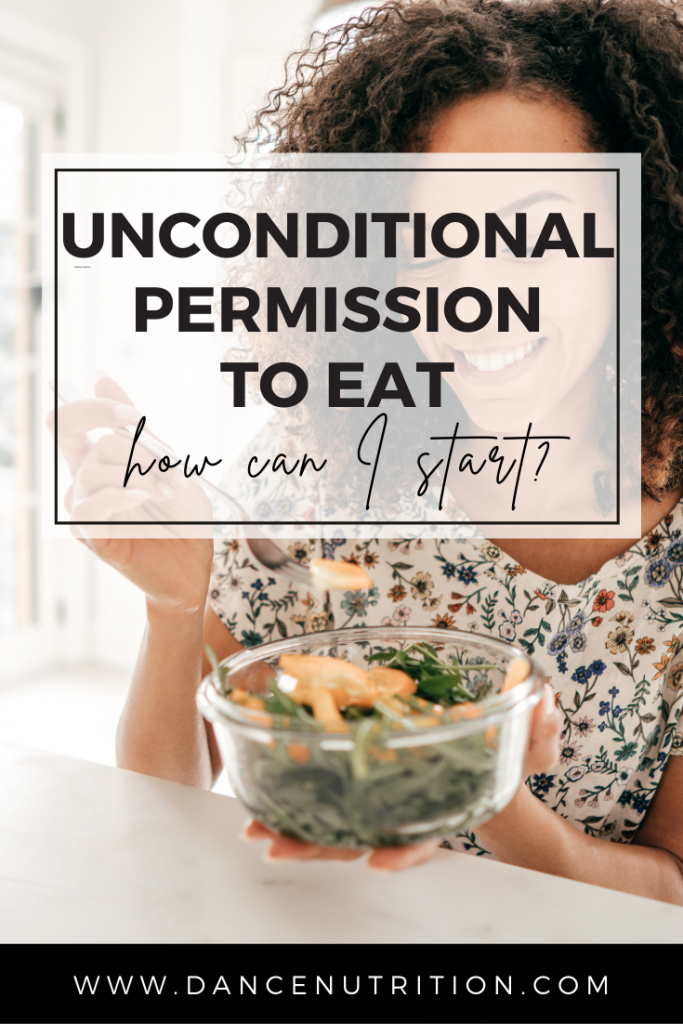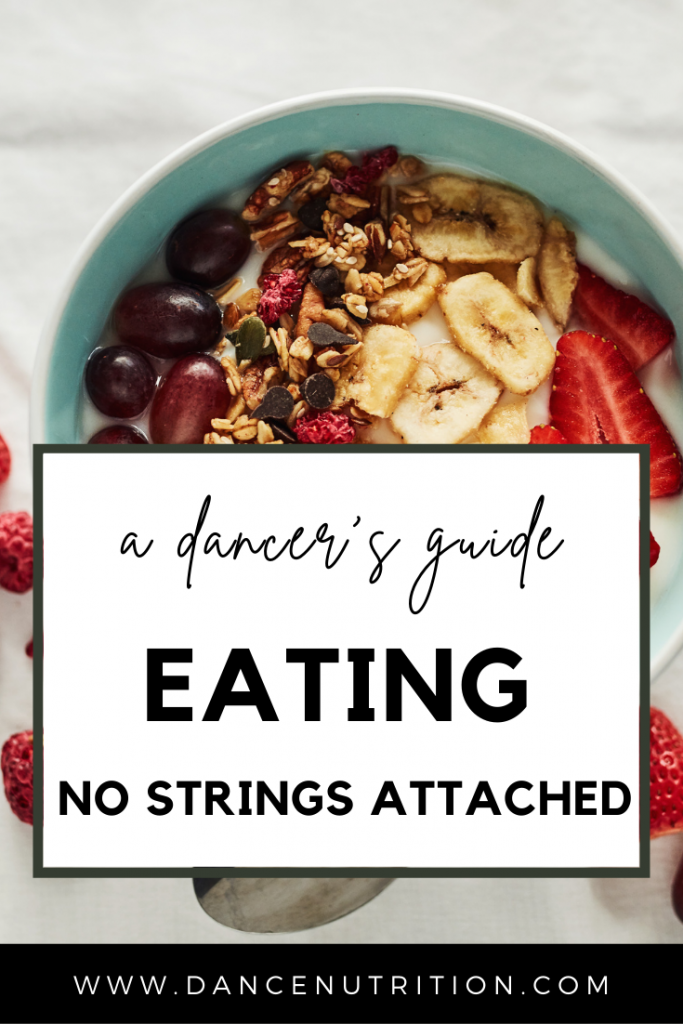The scenario goes like this: You’re scrolling through an endless sea of posts tagged #IntuitiveEating. You feel inspired to dive headfirst into the all-foods-fit approach. You’ve read about “unconditional permission” to eat, and you’re ready to embrace it.
For context, intuitive eating is a non-diet approach that helps build sustainable habits around food and movement. Research supports its benefits— one 2016 review found that intuitive eating can reduce disordered eating and body image concerns while promoting psychological well-being, particularly for women.
So, you grab your favorite childhood cereal, commit to “eat when I’m hungry and stop when I’m full.” Sounds simple, right? But before you know it, you’ve reached the bottom of the box. You’re physically uncomfortable and mentally discouraged.
If you’ve ever felt like you can’t trust yourself around your favorite foods, or you’re worried that intuitive eating will spiral into a never-ending cycle of “overeating,” you’re not alone. And you’re in the right place.
Intuitive Eating: Are You Doing It Wrong?
Many dancers find themselves stuck in this exact moment, questioning whether they’re “doing intuitive eating wrong.” Here’s the truth: you’re not doing it wrong. There is no wrong way to explore intuitive eating. But there are common obstacles that can make the process feel confusing, especially when it comes to experiences of “overeating” and emotional eating.
This often happens when dancers reintroduce previously off-limits foods or oversimplify intuitive eating into one rigid rule: eat when you’re hungry, stop when you’re full. But intuitive eating is not a hunger/fullness diet. Reducing it to that rule is what can leave dancers feeling like they’ve failed.
Let me say it clearly: You’re not failing. You might just need more support and guidance (we’ll get to that soon). For deeper dives on this, check out:
What Does Unconditional Permission Really Mean?
The concept of “unconditional permission to eat” comes from the third principle of intuitive eating: Make Peace with Food. This is where things can feel especially challenging, because granting yourself full permission to eat any food (yes, even those foods you once labeled “off-limits”) can bring up a lot of fear.
At its core, unconditional permission requires one essential thing: trust.
You need to trust yourself around food. And your body needs to trust that food will be consistently available. How do you build that trust? Let’s break it down into three key steps to help you fully embrace unconditional permission, without feeling out of control.
3 Steps to Building Unconditional Permission
#1: Practice Predictability
Predictability means your body can rely on food to be provided regularly and consistently. When food feels predictable, it no longer holds the same emotional charge. This is especially important for dancers who’ve spent years restricting “indulgent” foods like cookies, pizza, fries, or ice cream.
One of the biggest myths about intuitive eating is that unconditional permission only applies to these indulgent foods. But the more you restrict them, the more powerful and craved they become.
When you consistently include these foods, you build predictability, which removes the novelty. Your body learns that if it wants pizza or a cookie, it can have it, not just today, but tomorrow too. Over time, this dismantles the urgency and the out-of-control feeling that often accompanies these foods.
Of course, predictability isn’t always accessible— holidays, travel, or limited availability can disrupt it. But when you can provide predictable, satisfying meals (including foods you crave), it makes a huge difference. Further reading:
#2: Challenge the Scarcity Mindset
Scarcity isn’t just about physically not having food— it’s a mindset that can quietly drive restrictive behaviors, even if you’re not actively dieting. Common examples of scarcity thinking:
- Saving calories for a “big” meal later
- Extreme exercising to “make up for” what you ate
- Telling yourself you shouldn’t be eating something (even while you’re eating it)
These patterns, whether subtle or overt, reinforce a restriction mentality. And restriction breeds cravings, guilt, and feeling out of control. To challenge scarcity, intuitive eaters work to:
- Remove moral labels from food (no more “good” vs. “bad”)
- Plan meals and snacks proactively, not reactively
- Address mindset shifts that support food flexibility
Helpful reads:
Remember: scarcity can show up as “saving,” “earning,” or “making up for” food. It can be intentional (such as from dieting) or unintentional (from a busy dance schedule). Relying on “willpower,” striving for “moderation,” and “crowding out” foods are also divisive forms of restriction.
#3: Aim for Abundance
The idea of abundance can feel uncomfortable for dancers, especially if you’ve internalized the belief that some foods are “performance killers.” But to build trust, your body needs enough, not just enough “clean” or “safe” foods, but enough energy across the board.
When you consistently meet your body’s energy needs, you’re less vulnerable to falling into cycles of deprivation and compensation.
Abundance also means exploring and challenging food rules that still linger beneath the surface. Strategic, supported exposure to previously feared foods can help you widen your comfort zone over time. For more on this:
Key Takeaways: Unconditional Permission
If you’ve felt like intuitive eating isn’t “working” for you, pause and reflect. It’s not that you’re doing it wrong. More often, it’s that you’re still healing from the residue of diet culture: the scarcity thinking, the fear of abundance, the moralizing of food.
Building trust takes time. Unconditional permission is not a switch you flip but a process of unlearning, practicing, and showing up with compassion for yourself along the way.




